Ivo Sachs, Siddhartha Sen, James Sexton0521841984, 9780521841986
Table of contents :
Cover……Page 1
Half-title……Page 3
Title……Page 5
Copyright……Page 6
Contents……Page 7
Preface……Page 11
Fundamental physical constants……Page 14
1.1 A molecular model……Page 15
1.2 The basics of classical thermodynamics……Page 16
1.3 The zeroth law of thermodynamics……Page 20
1.4 The first law, heat……Page 23
1.5 The second law, entropy……Page 26
1.6 Gibbs phase rule……Page 36
1.7 Thermodynamic potentials……Page 37
1.8 The third law……Page 43
Problems……Page 45
Further reading……Page 47
2.1 Fundamental ideas……Page 49
2.2 The canonical ensemble……Page 50
2.3 The perfect gas……Page 52
2.4 The Gibbs paradox……Page 54
2.5 Thermal properties of the classical perfect gas……Page 56
2.6 Paramagnetic systems……Page 57
2.7 The one-dimensional Ising model……Page 59
2.8 Applications in biology……Page 62
Problems……Page 65
Historical notes……Page 67
Further reading……Page 68
3.1 The grand canonical ensemble……Page 70
3.2 Density fluctuations……Page 74
3.4 Micro canonical ensemble……Page 76
3.5 The full picture……Page 79
Problems……Page 80
Historical notes……Page 82
Further reading……Page 83
4.1 Statement of the problem……Page 84
4.2 Example: van der Waals equation of state……Page 85
4.3 General theory: the cluster expansion……Page 88
4.4 Relation to experiment: the virial expansion……Page 93
Further reading……Page 95
5.1 Numerical integration techniques……Page 96
5.2 Markov processes……Page 100
5.3 The Ising model……Page 109
5.4 Implementation of the algorithm……Page 113
5.5 The Lennard-Jones fluid……Page 116
Problems……Page 123
Further reading……Page 124
6 Numerical molecular dynamics……Page 126
6.2 Numerical integration……Page 134
6.3 Choices of algorithm……Page 136
6.4 The Lennard-Jones fluid……Page 148
Problems……Page 152
Further Reading……Page 154
7.1 Quantum mechanics……Page 155
7.2 The quantum partition function……Page 159
7.3 Fermi–Dirac system……Page 160
7.3.1 High temperature, classical limit……Page 163
7.3.3 Thermal properties at low temperature……Page 165
7.3.4 Ultra-relativistic gas……Page 169
7.4 Bose–Einstein systems……Page 170
7.4.1 Equation of state and thermal properties……Page 173
7.5 Specific heat for a solid……Page 177
7.6 Photons……Page 179
7.7 Phonons……Page 180
7.8 Density matrix……Page 182
Problems……Page 185
Historical notes……Page 186
Further reading……Page 188
8.1 Basic problem……Page 189
8.2 White dwarf stars……Page 194
8.3 Chemical reactions……Page 197
8.4 Saha ionization formula……Page 199
8.5 Neutron stars……Page 201
8.6 Blackbody spectrum of the Universe……Page 202
Problems……Page 205
Historical notes……Page 206
Further reading……Page 207
9.1 The quantum field theory formulation……Page 208
9.1.1 Non-interacting bosons……Page 210
9.1.2 Interacting bosons……Page 213
9.1.3 Non-interacting fermions……Page 218
9.2 Perturbation theory……Page 220
9.3 Wick’s theorem……Page 223
9.4 Green functions……Page 226
9.5 Feynman rules……Page 229
9.5.1 Feynman rules in momentum space……Page 233
9.6 Scattering cross-section for two helium atoms……Page 234
9.7 Fermions at finite density……Page 238
9.8 Finite temperature perturbation theory……Page 241
9.9 Relativistic effects……Page 244
Problems……Page 246
Further reading……Page 247
10 Superfluidity……Page 249
10.1 Quantum field theory formulation……Page 251
10.2 The quasi-particle approach……Page 252
10.3 Green function approach……Page 259
10.4 Summary……Page 263
Problems……Page 264
Further reading……Page 265
11.1 Quantum mechanics……Page 266
11.1.1 Phase space path integral……Page 268
11.1.2 Feynman–Kac formula……Page 270
11.2 Quantum field theory……Page 275
11.3 Real time path integral……Page 281
Problems……Page 283
Further reading……Page 284
12 A second look……Page 286
12.1 The connection – reversibility……Page 287
12.2.1 Classical recurrence……Page 288
12.2.2 Quantum recurrence……Page 289
12.3 Ergodicity……Page 290
12.4.1 Equipartition law……Page 292
12.4.2 Negative temperatures……Page 293
12.4.3 Negative temperatures and turbulence in two dimensions……Page 297
12.5 Density of states and surface effects……Page 299
12.6 Zero-point energy……Page 301
12.7 Internal degrees of freedom……Page 303
Problems……Page 306
Further reading……Page 307
13.1 Basic problem……Page 309
13.2 Peierls argument……Page 313
13.3 Landau theory of phase transitions……Page 315
13.4 Renormalization group……Page 322
13.5 Critical exponent calculations……Page 328
13.6 Correlation functions……Page 331
13.7 Epsilon expansion……Page 333
Historical notes……Page 342
Further reading……Page 343
Index……Page 345
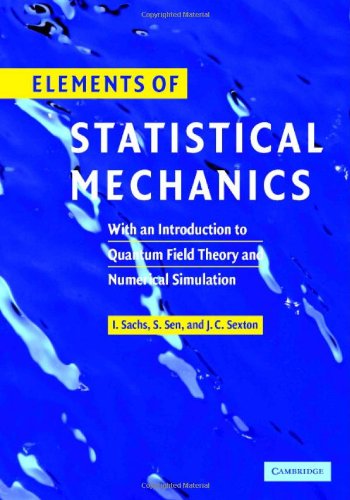
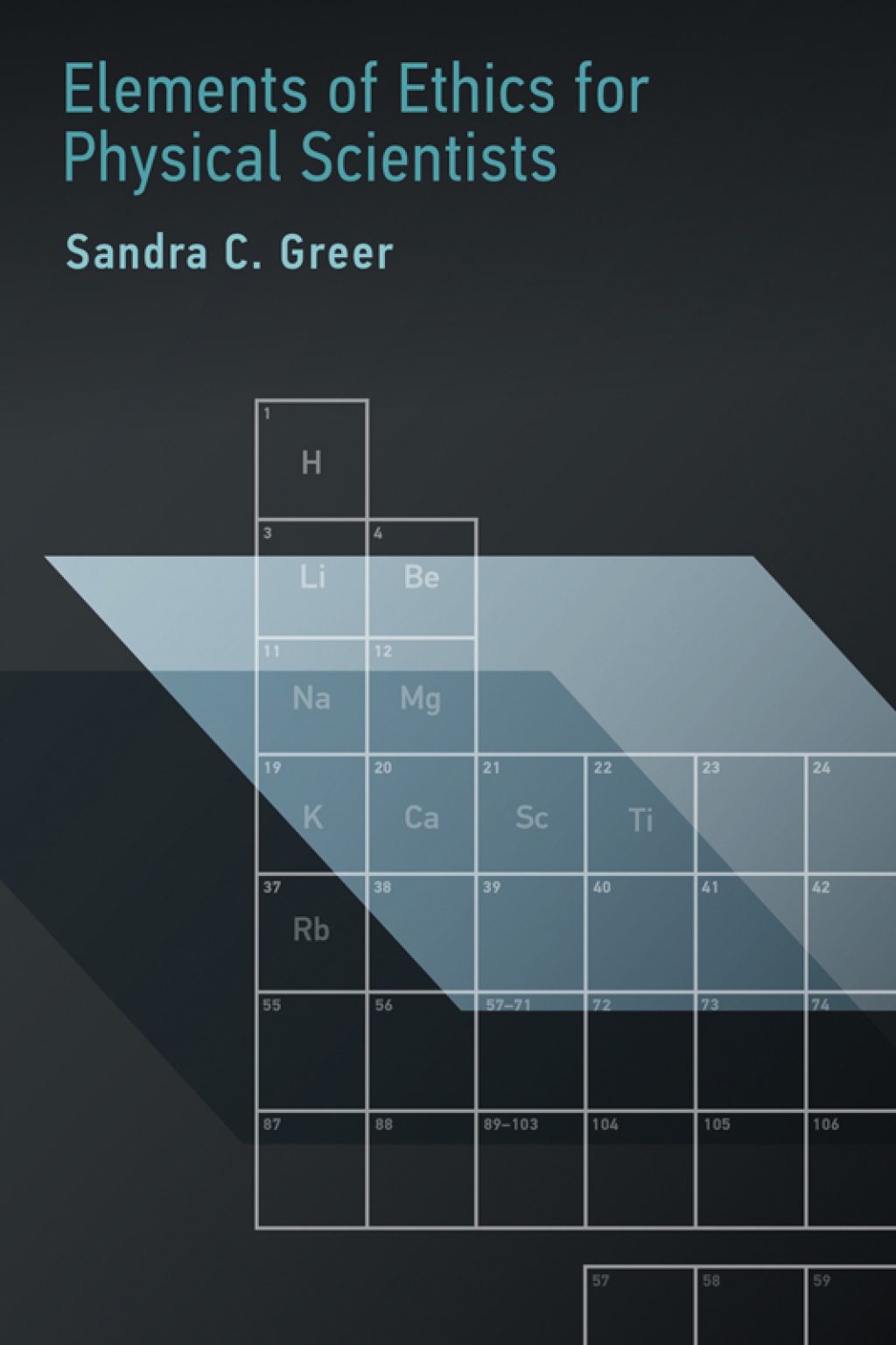
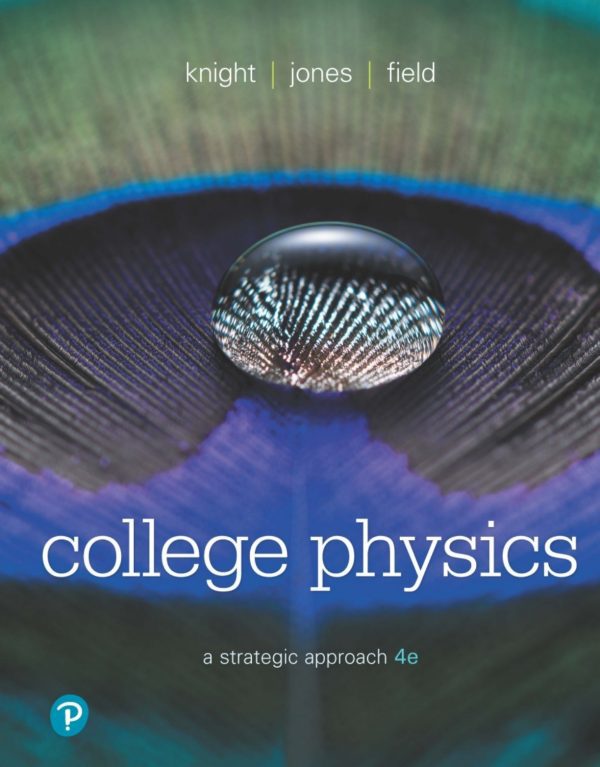
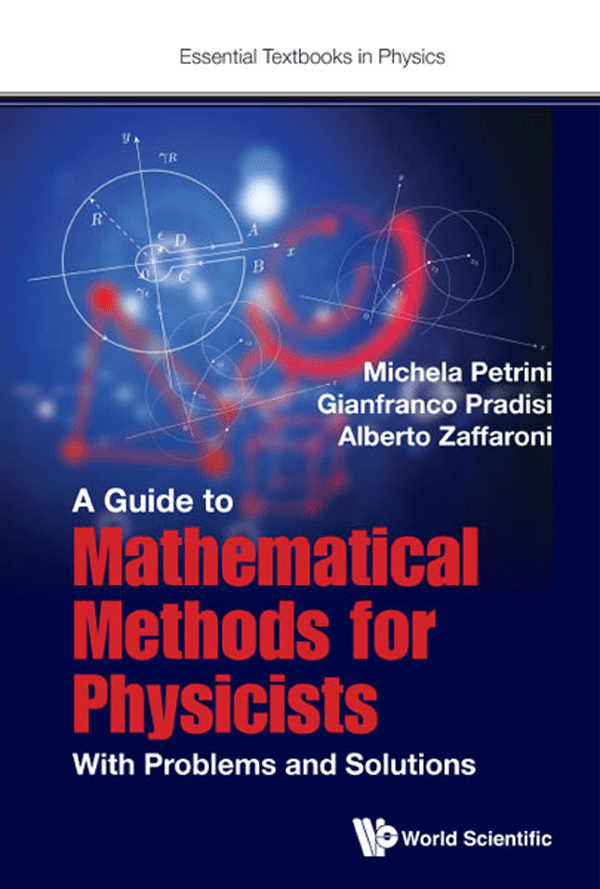


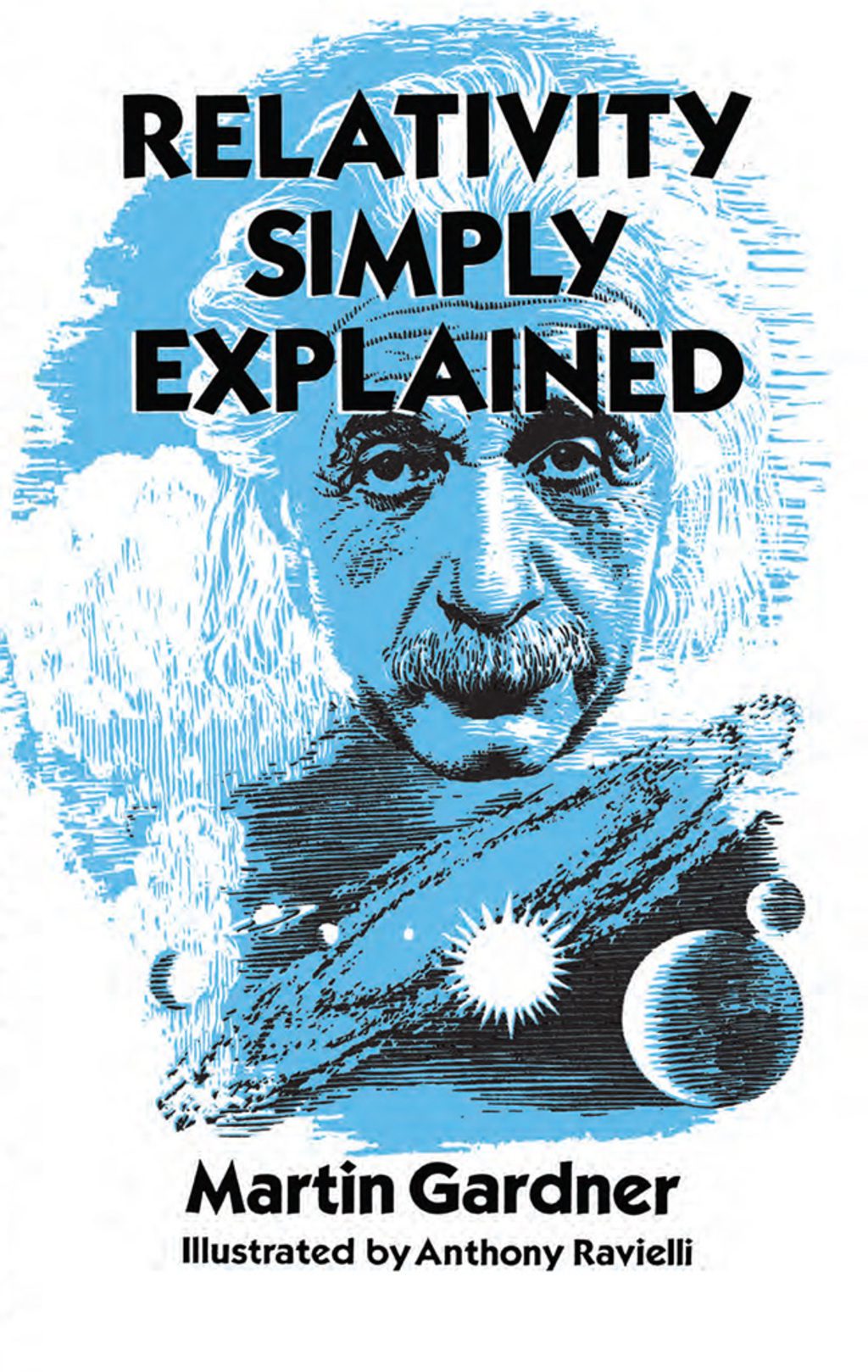
Reviews
There are no reviews yet.